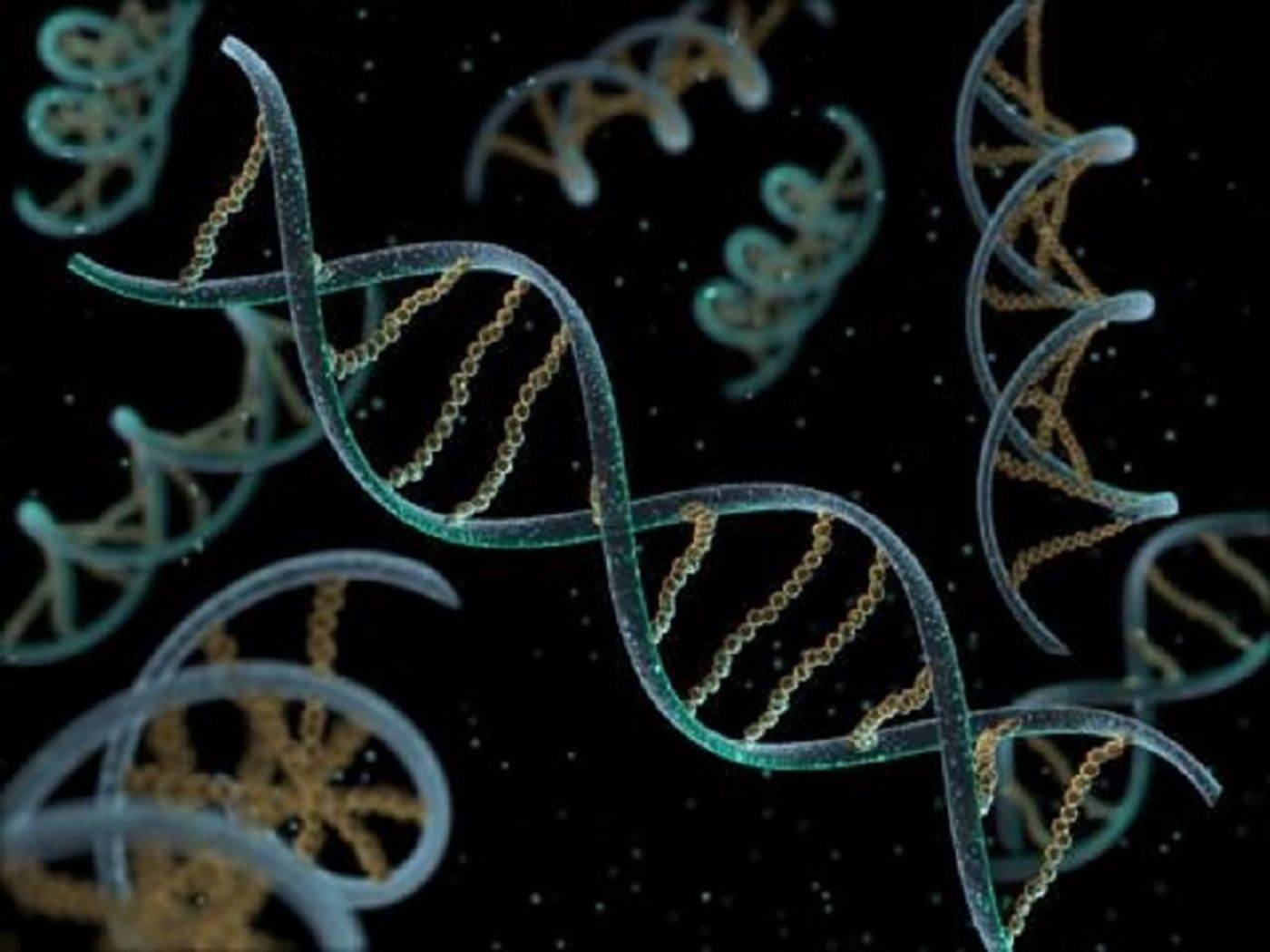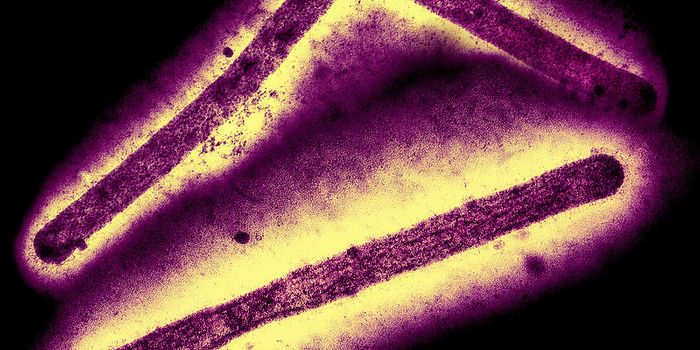"STING" Protein Activates As Immune Cells Recognize Viral DNA
Scientists keep chipping away at the mysteries of the immune system, and this time in a new study published in Nature Communications, they discovered two new proteins involved in the innate immune response to foreign DNA.
Immune cells might recognize DNA as foreign if it is cancerous or from a virus, and from the moment of recognition, cells burst into action, triggering a domino effect of reactions that begin with the production of interferon, signaling to nearby cells that foreign DNA is in their midst.
From a research team at Aarhus University, experts found a new protein playing vital role in the domino effect: “STING.” This protein acts as an immunological doorknob to initiate interferon and chemical messenger production in response to the detection of foreign DNA floating around outside of the cell.
During their study, researchers investigated the function of STING in immune cells called macrophages which engulf and destroy foreign invaders. One by one, they deleted macrophage genes to see if their absence had any effect on STING function. This is where they identified that the gene coding for another protein, called IFI16, was necessary for macrophages to produce interferon in response to tumor or viral DNA.
“IFI16, which most of our immune cells carry, has crucial significance for the cell's defense against microorganisms or dying cells' release of DNA," explained study researcher Martin Roelsgaard Jakobsen.
Comprehending the role of both IFI16 and STING has implications for cancer immunotherapy, new antiviral strategies, and even autoimmune disease treatment.
"STING's function and its degree of activity play a significant role in how well the body fights conditions when it is exposed to something that is foreign or abnormal such as infections and cancer," Jakobsen explained. "By using different molecular biological methods, we could clearly demonstrate that our immune cells only need a very small fraction of the IFI16 protein for STING to function optimally.”
Jakobsen and his team hope to develop new immunotherapy tactics based on manipulating STING within the next few years. The plan of action, he said, would be to “go directly in and boost the innate immune defense system in the cancerous tumor by using molecules that targets and triggers STING and IFI16 function.”
Source: Aarhus University









